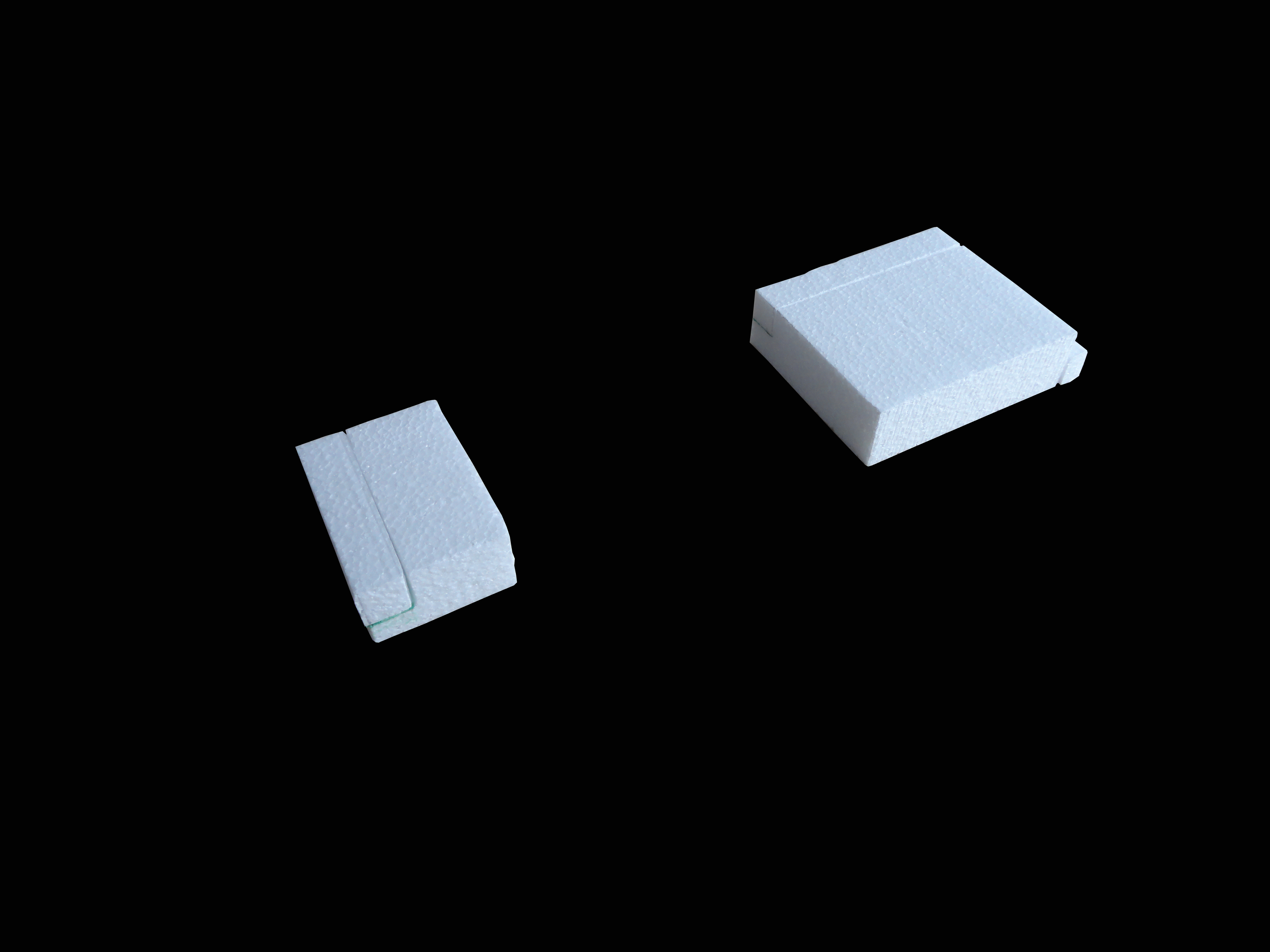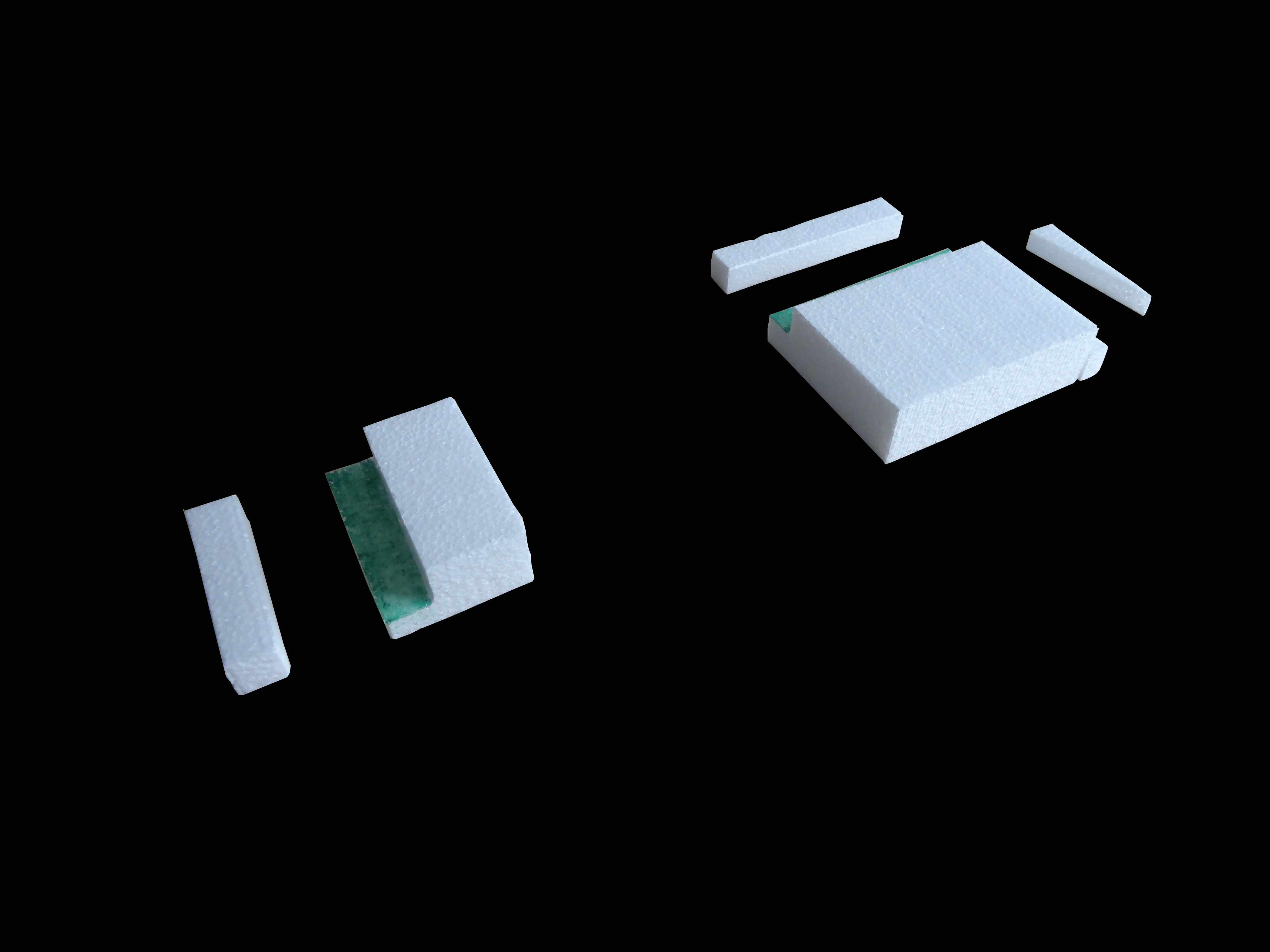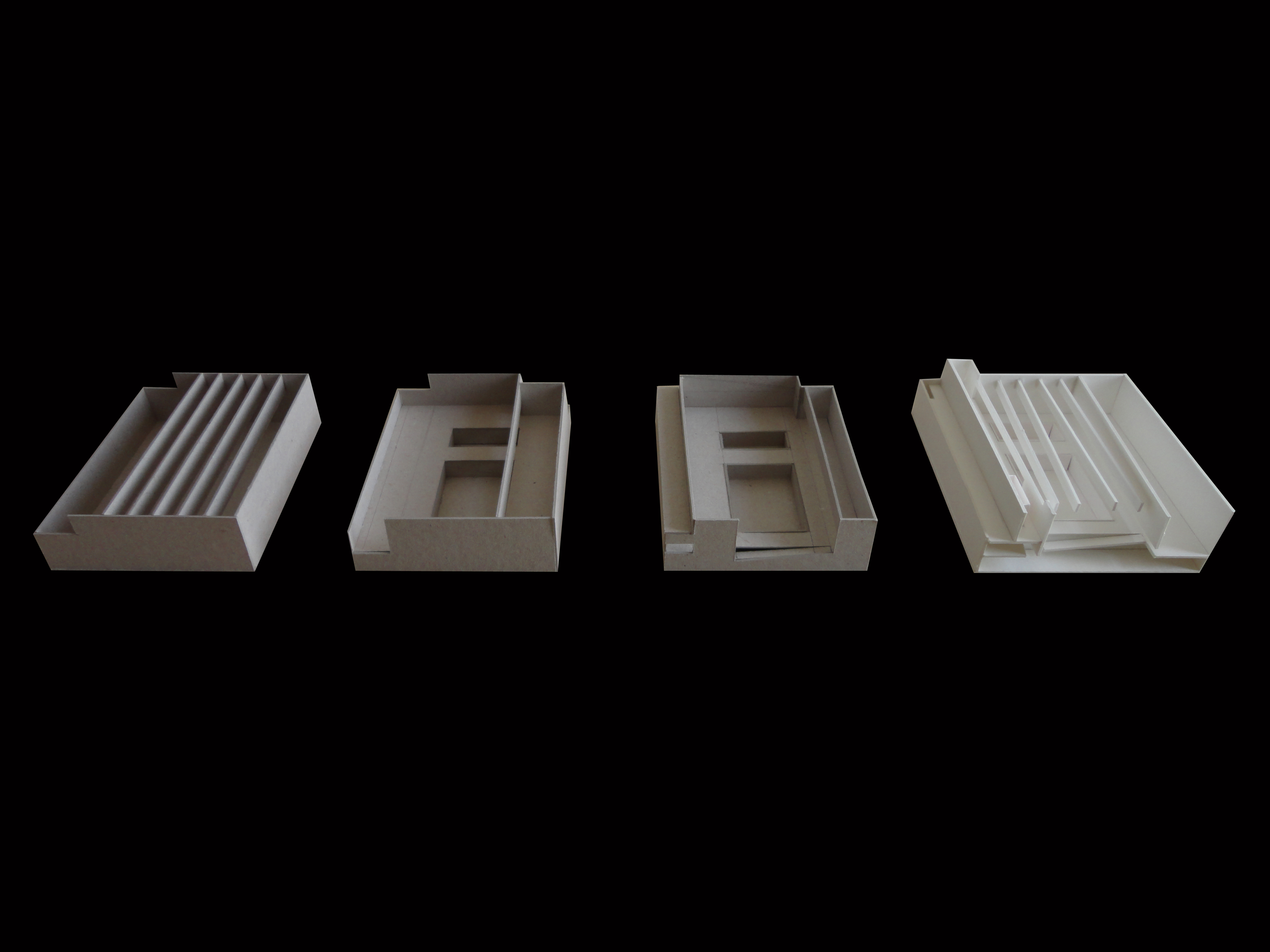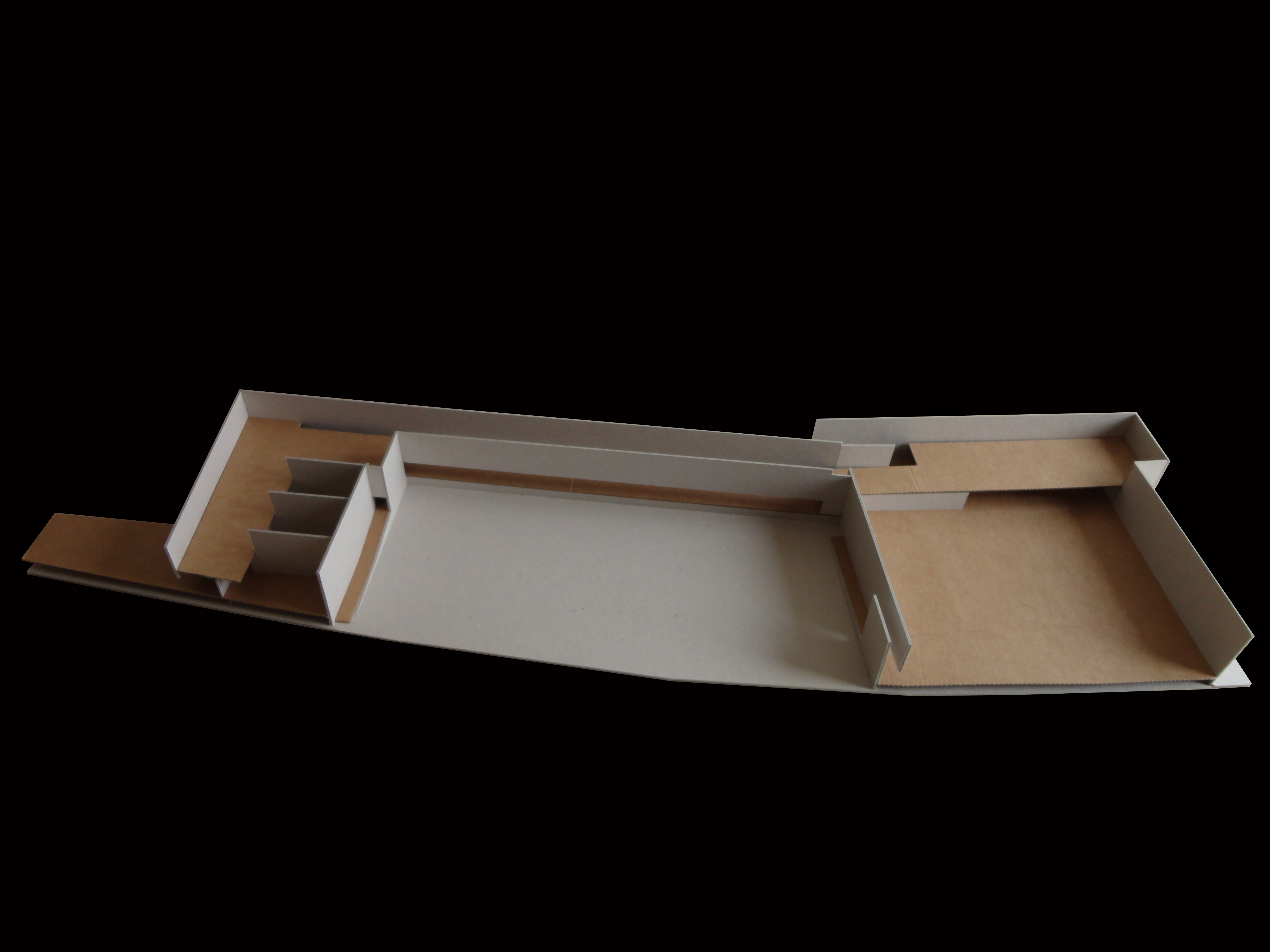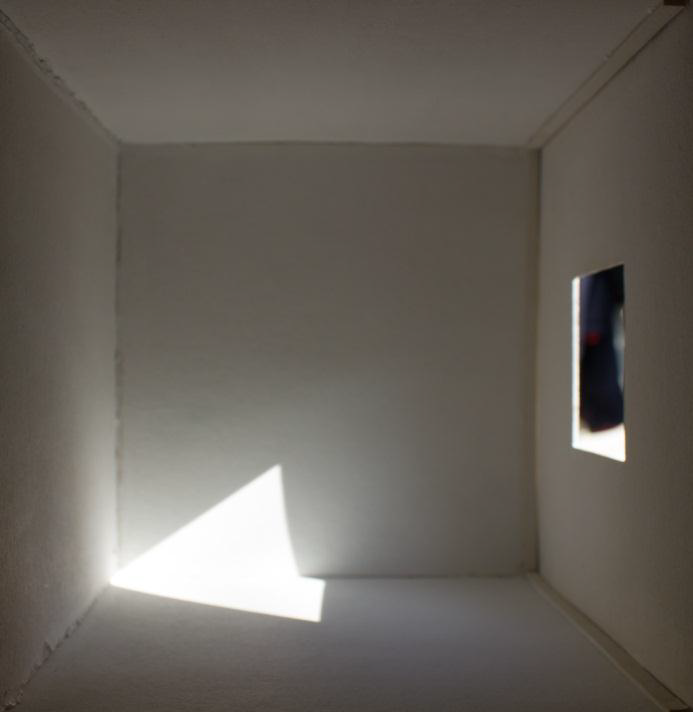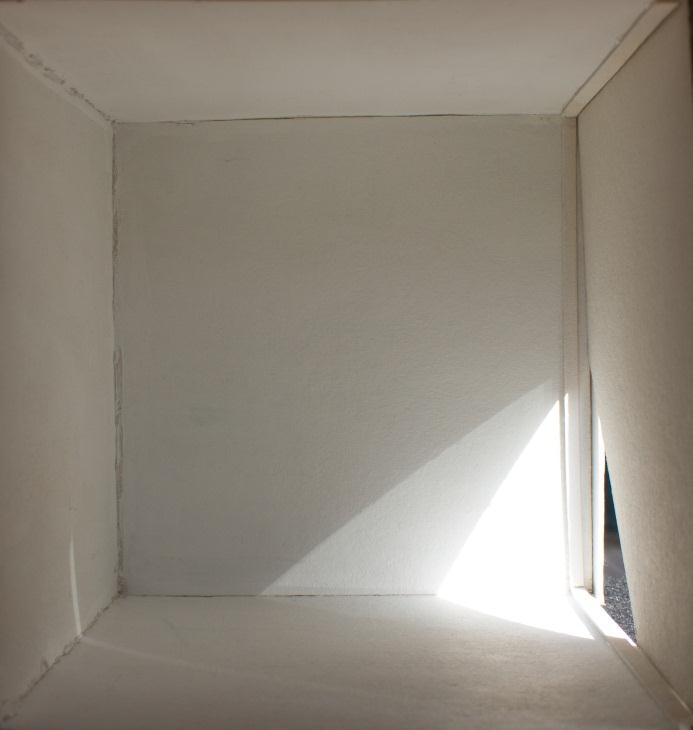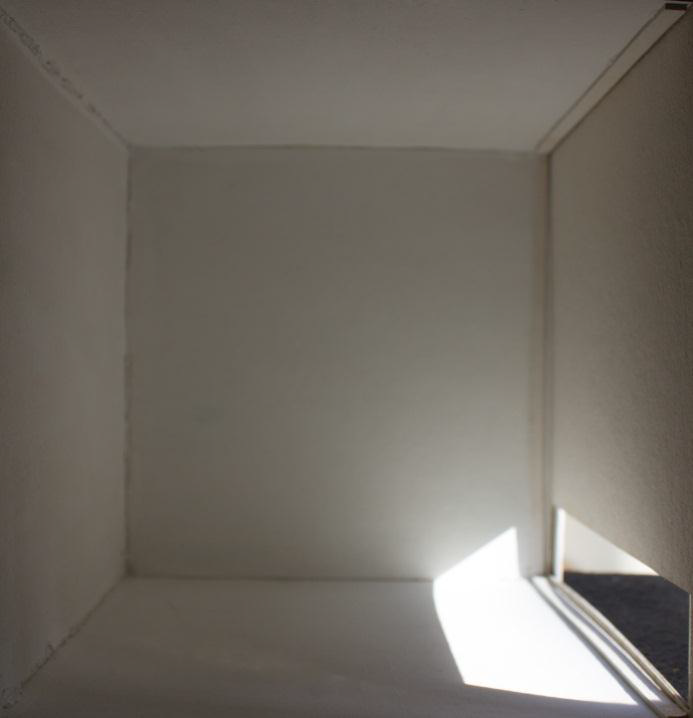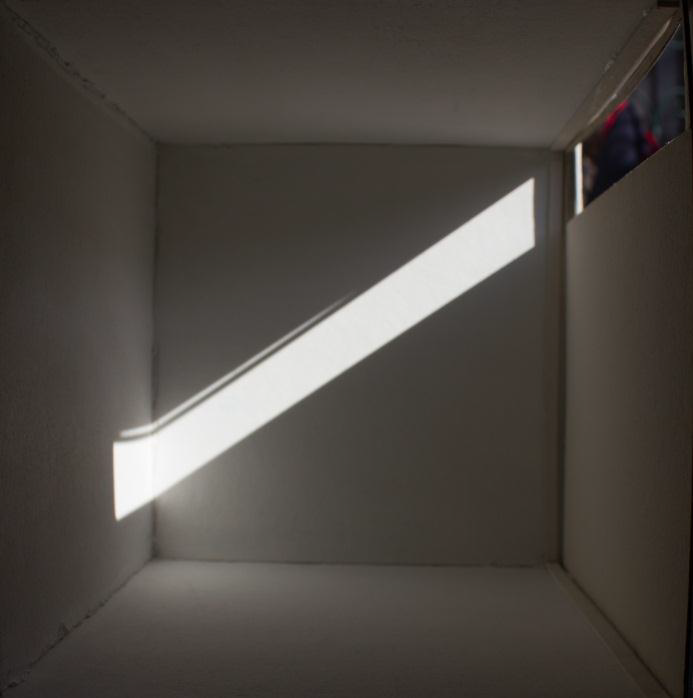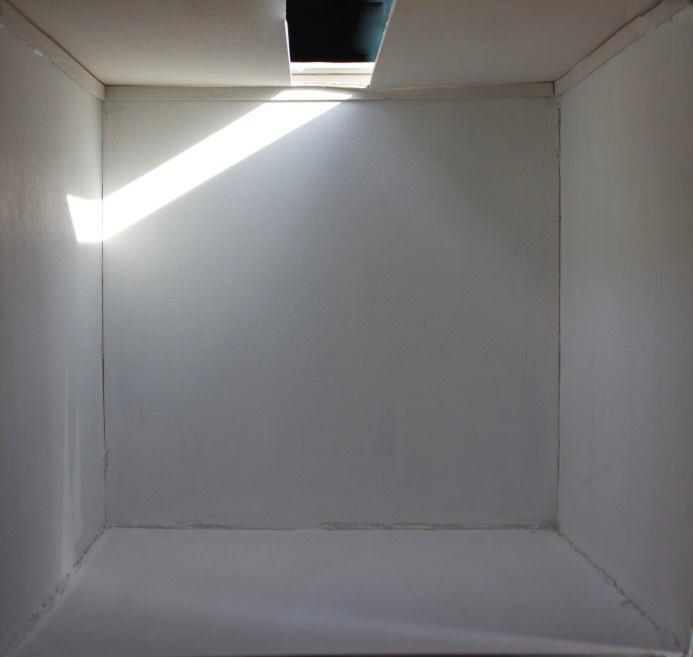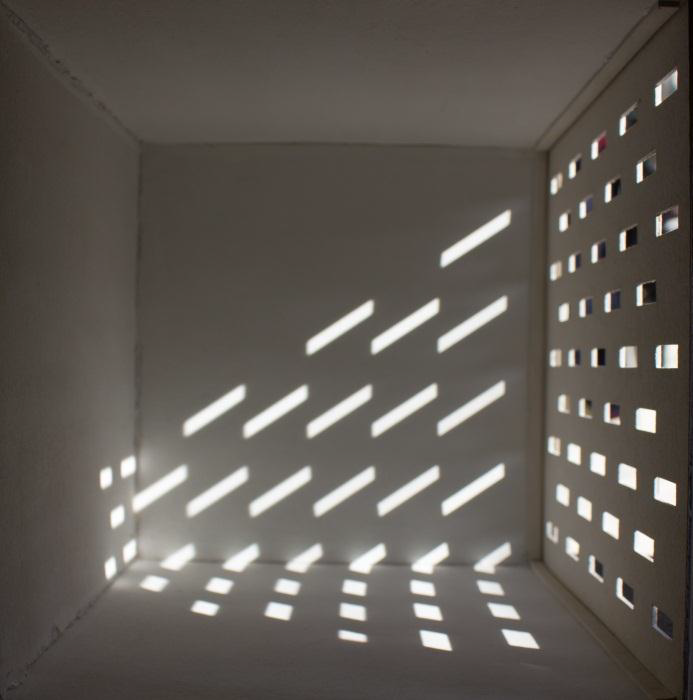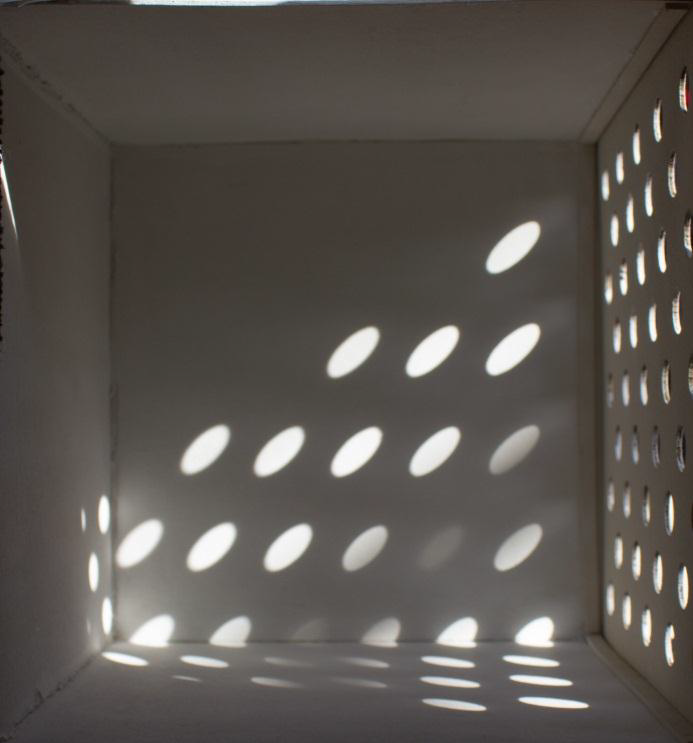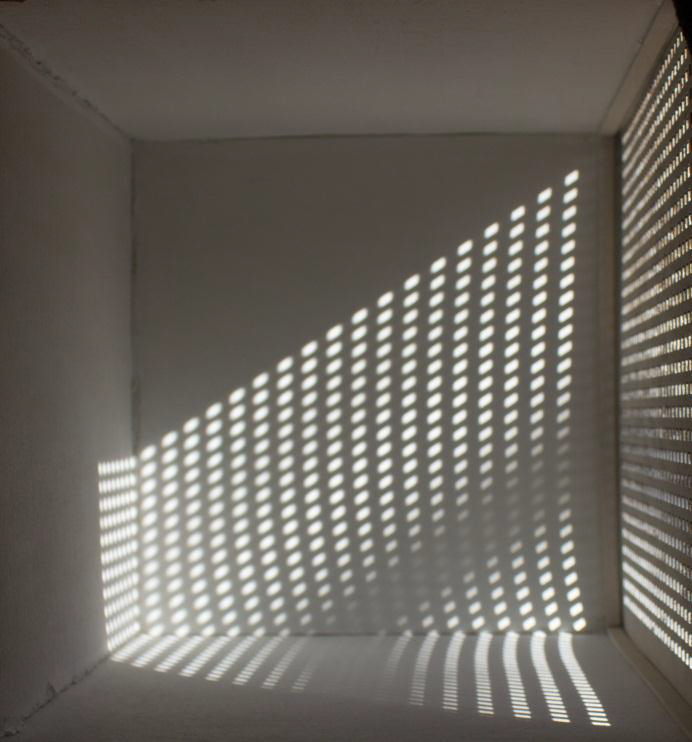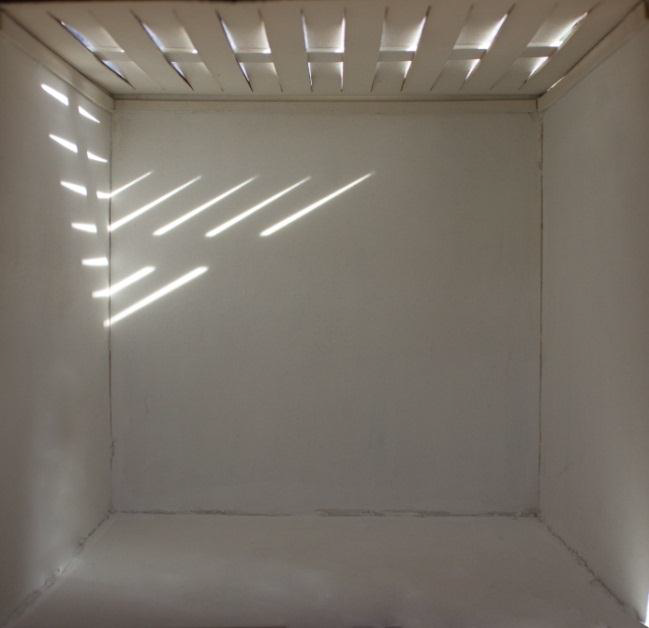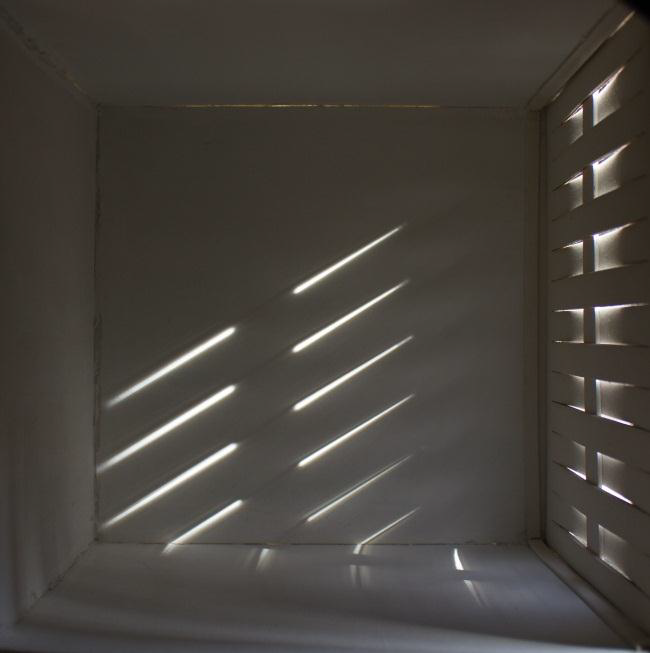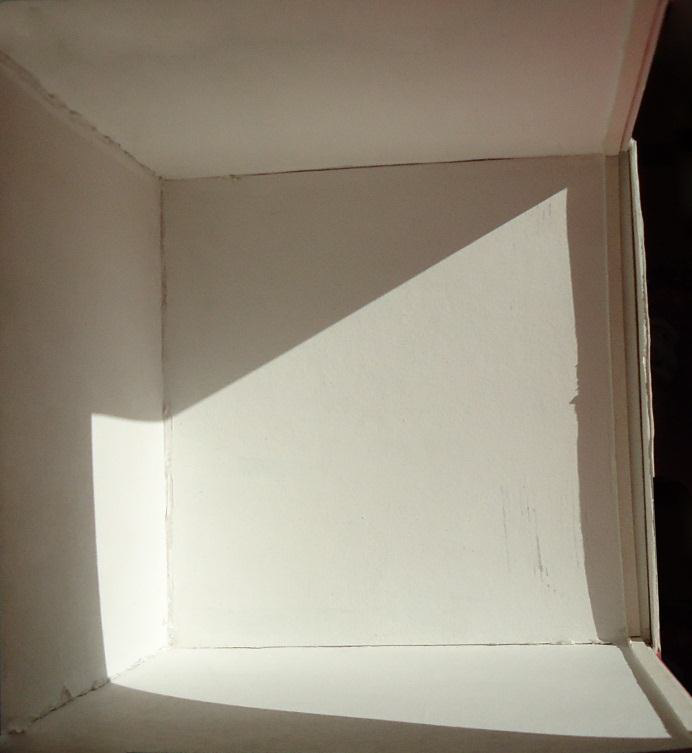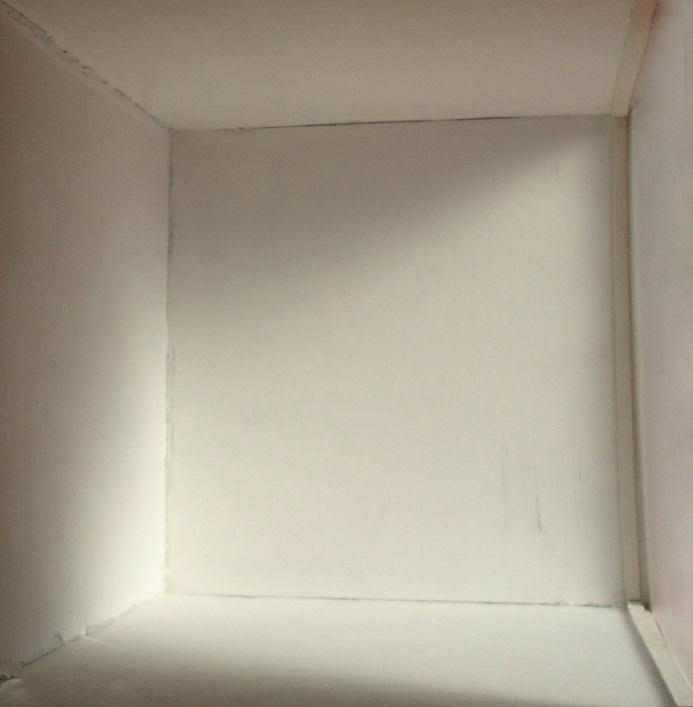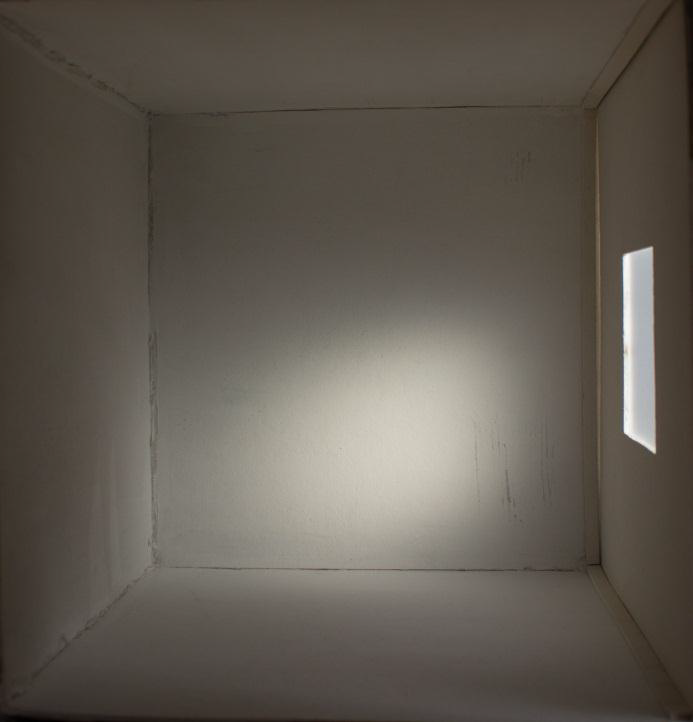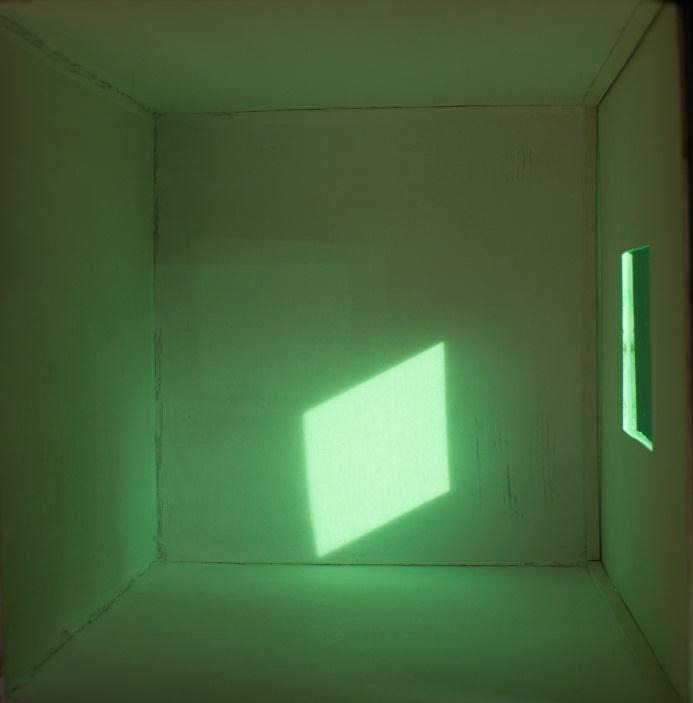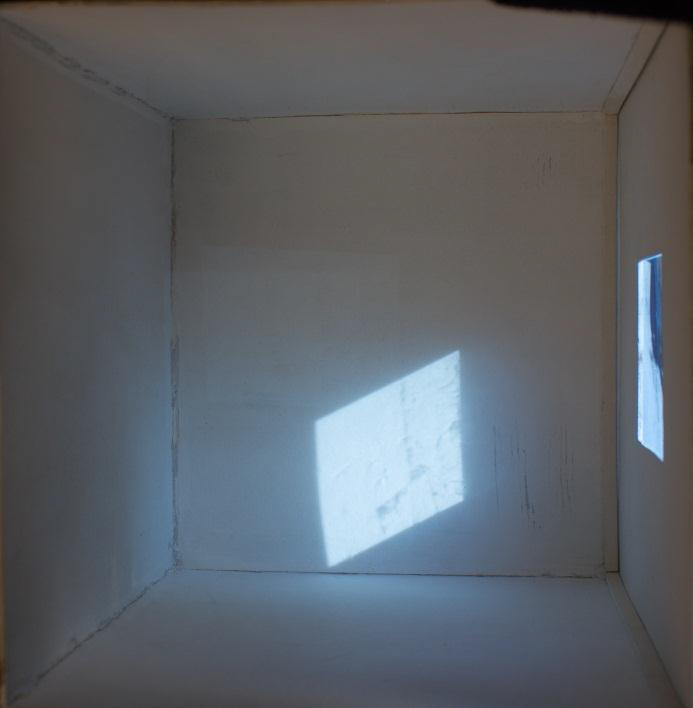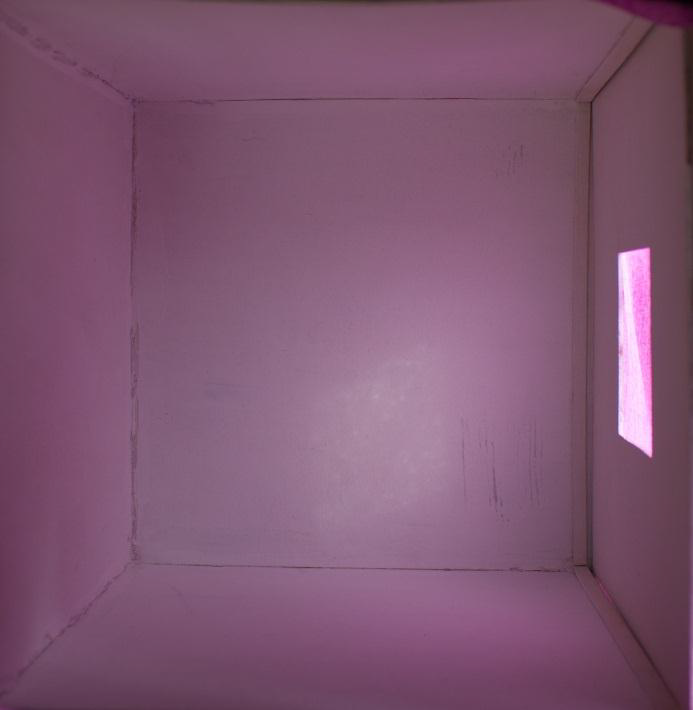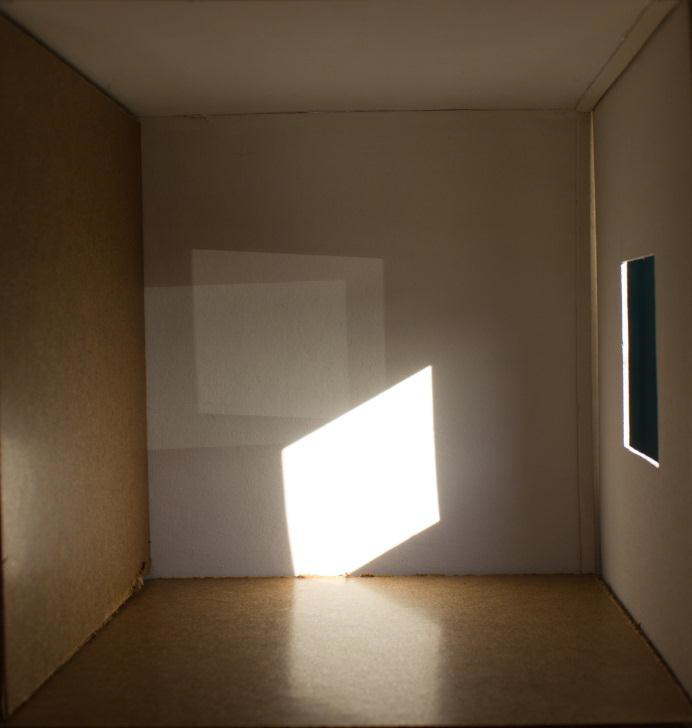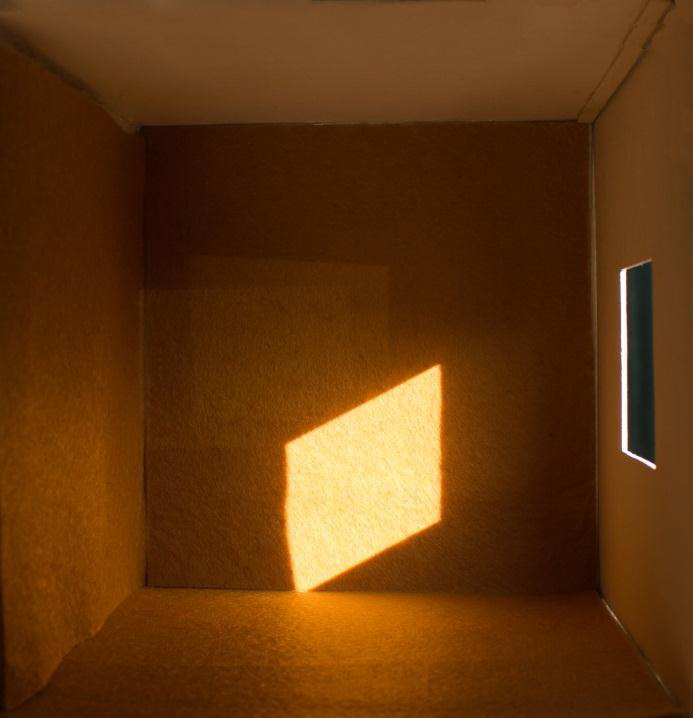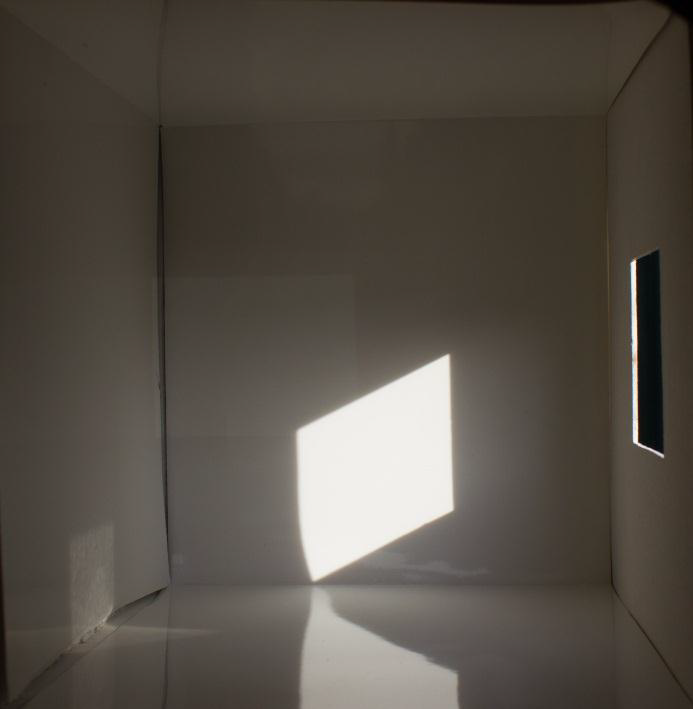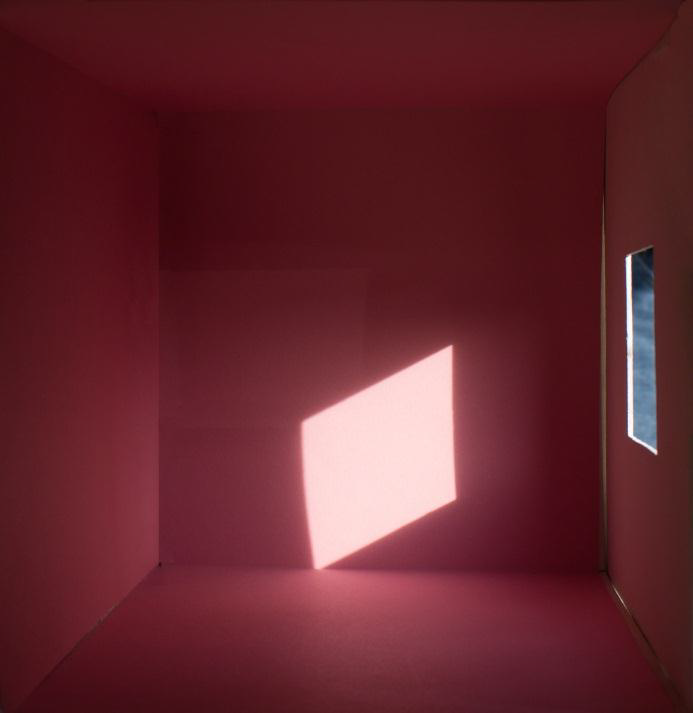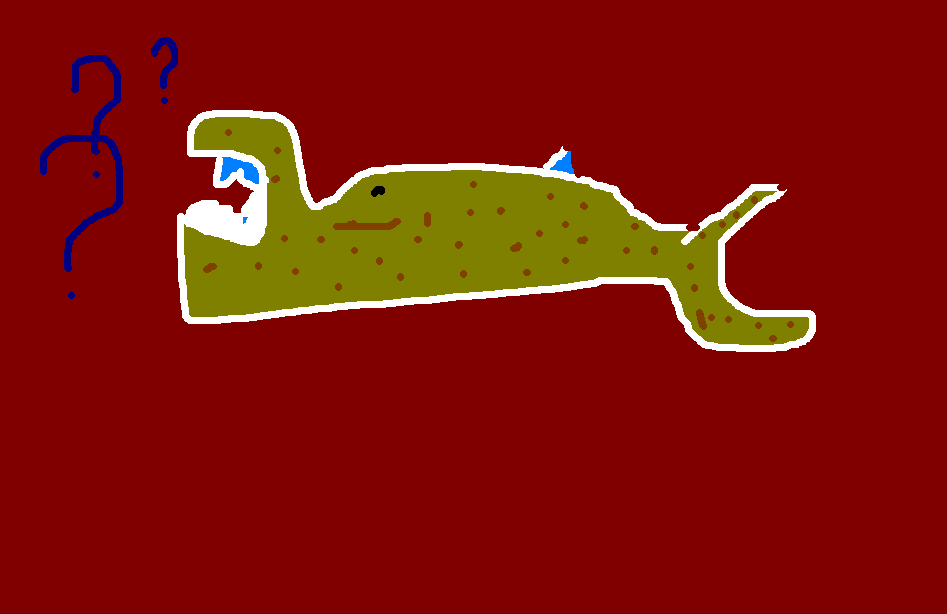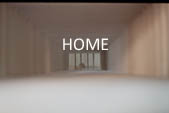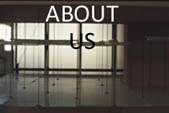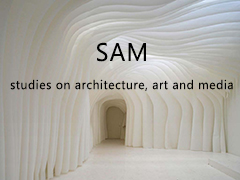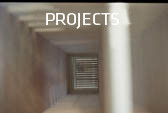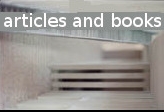Maquetas na concepção arquitectónica - A Maqueta como sistema empirico-metodológico na concepção
arquitectónica - investigação sobre os processos de modelação tridimensional, atendendo aos problemas de
mudança de escala e representação conceptual (materialidade e detalhe).
Models in architectural design - The material model as an empirical and methodological system in architectural
design - research on the processes of three-dimensional modeling, given the problems of scaling and conceptual
representation (materiality and detail).


Material Models in Architectural
Design
Scientific coordination:
João Menezes de Sequeira
Researchers:
Luísa Paiva: Pedro Sequeira
Outputs on Master Dissertations Supervision:
João Pedro Nogueira Rei (A Maqueta como
método conceptual na arquitectura - ArchiPrix
selected work); Andreia Sofia Morais (esculpir
a Matéria como Conceito); João Filipe Teles
Carvalho (A maqueta enquanto modelo de
concepção de projecto); Filipa Castela
(Projecto de concepção para a nova Escola
Secundária de Cascais); Tarcisio Pachinuapa
(Reabilitação do Centro Educativo Padre
António de Oliveira).

João Rei - models and architecture

FRAMEWORK FOR ARCHITECTURAL RESEARCH - ARCHITECTURAL DESIGN AND MEDIA
Rhetoric of spaces / Art and
Architecture
Scientific coordination:
João Menezes de Sequeira / Luisa Paiva
Outputs on Master Dissertations Supervision
Luis André Sequeira Correia (Dinâmicas do Espaço:
um contributo para a reflexão / space dynamics: a
contribution to debate);
Ana Margarida Lopes (percepção de espaços em
arquitectura - o caso da "casa das histórias Paula
Rego")
Filipe Lopes Brito (luz natural na concepção
arquitectónica)
Investigação sobre a relação entre percepção, cognição e retórica do espaço e da forma na concepção arquitectónica e na
arte; criação de modelos de leitura semiótico-perceptivos da morfologia arquitectónica e nos fenómenos artísticos;
aproximação entre o sistema perceptivo, as estruturas cognitivas e o sistema retórico-semiótico.
A aproximação entre a arte e a arquitectura é sobretudo na medida em que ambas são crítica e simultanemanete
transformação da cultura. A cultura é o ambiente em que vivemos e em que os nossos pensamentos e percepções vivem.
Quando a arquitectura e a arte se conjugam de modo inextrincável (uma é ela e a outra simultaneaente) é quando existe
criação critica do espaço e simultaneamente alteração cultural. A crítica cultural como já alguns autores sublinharam (e.g.
Emanuel Pimenta) não é uma crítica de conteúdos mas uma reestruturação cognitiva do próprio modo como
estruturamos os conteúdos culturais.
Os padrões, as regiões e as estruturas que definem a cultura que criamos e pela qual somos criados estão em todo o
lado e em nós próprios, estão na música que ouvimos, nas casas que habitamos, nos espaços das nossas cidades, nos
modelos de comunicação e na comunicação, etc. Todos esses "ambientes" e "paisagens" somos nós pois eles edificam e
reconstróem constantemente o nosso pensamento, as nossas "arquitecturas" sinápticas, etc. Essa meta-liguagem tem a
nosso ver a sua origem na retórica como sistema de comunicação capaz de "predispor" os ouvintes a compreenderem
algo, a tornar esse algo parte da sua vida e de si próprio.
Research on the relationship between perception, cognition and rhetoric of space and form in architectural design and
art; creation of semiotic-perceptive reading of models of architectural morphology and artistic phenomena;
rapprochement between the perceptual system, cognitive structures and rhetoric-semiotic system.
The rapprochement between art and architecture is particularly given that both are critical and simultaneously
transformation of culture. Culture is the environment in which we live and in which our thoughts and perceptions live.
When architecture and art come together inextricably (one is she and the other simultaneously) is critical when there is
creation of space and simultaneously cultural change. The cultural criticism as some authors have stressed (e.g. Emanuel
Pimenta) is not a criticism of content but a cognitive restructuring of the very way we structured the cultural content.
The standards, regions and structures that define the culture created and from which we are created are everywhere and
in ourselves, are in the music we listen to, the houses we live in the spaces of our cities, in patterns of communication and
in communication, etc. We are all of these "environments" and "landscapes" since they constantly build and reconstruct
our thinking, our synaptic "architectures", etc. This meta-language, in our point of view, has its origin in rhetoric as a
communication system able to "predispose" listeners to understand something, to make this something part of life and of
themselves.


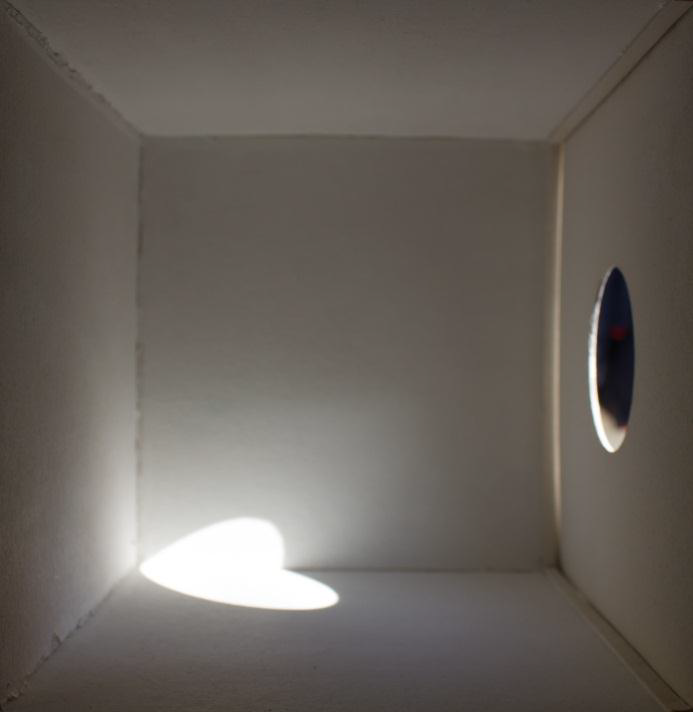
Filipe Lopes Brito research on light


L A B O R A T O R I O . D E . A R Q U I T E C T U R A . E . A R T E S - C E N T R O . D E . E S T U D O S - LabART
L A B. . F O R . A R C H I T E C T U R E . A N D . A R T . P R O J E C T S. - R E S E A R C H . C E N T R E
Research on Architectural Design
and Mediations
Scientific coordination:
João Menezes de Sequeira
Team:
LabART (office) and ARENA (european
research network)
Host Institution:
Centro de Investigação em Arquitectura
Urbanismo e Design (CIAUD) da Faculdade de
Arquitectura da Universidade de Lisboa (FAUL)
Main Research Line:
Architecture
Duration:
Sep. 2018 to 2022
Rational:
The research will continue some of the research projects that have being developed in the founded research centre LabART since 2012.
In all these previous research projects, perception and communication were considered to be intimately connected with architectural space
(as pre-existing entity) and with architectural design space (as entity to be created).
The project wants to contribute to a sustainable development of the research by establishing connections between academic institutions and
the industry, focusing particularly on architectural research by design as an area where architectural academia connects with architectural
offices and industry.
These objectives can establish new frontiers for research as well as to contribute to the improvement of skills, not only of architectural
students, but also of architects in general; by the improvement of their architectural careers. In the same way, these research studies will be
applied to the architectural design and is expected that they allow to improve design quality.
Developments
Aiming to contribute for the development of research by design methodology and products research, RAM will develop projects within the
ARENA Architectural research network taking advantage of researchers programmed projects. The projet wants to contribute to a
sustainable development of research by design. RAM (with funds by FCT-RG-4494-2428) has already organized International
Conferences about the two methodologies involved in their objectives and will continue to stimulate the dissemination of the research
outcomes, trough events, papers, presentations and books.
Contacts
Rua das Janelas Verdes nº 32 Porta 19 1200-691 Lisboa (LabART - Artes)
Av. D. Vasco da Gama nº 52, 3Dtº 1400-128 Lisboa (LabART - Arquitectura)
phone: +351 213 901 567 / +351 213 021 312 Mobile: +351 919 321 164
Copyright ©2011 LABART - João Sequeira
updated in 2018



